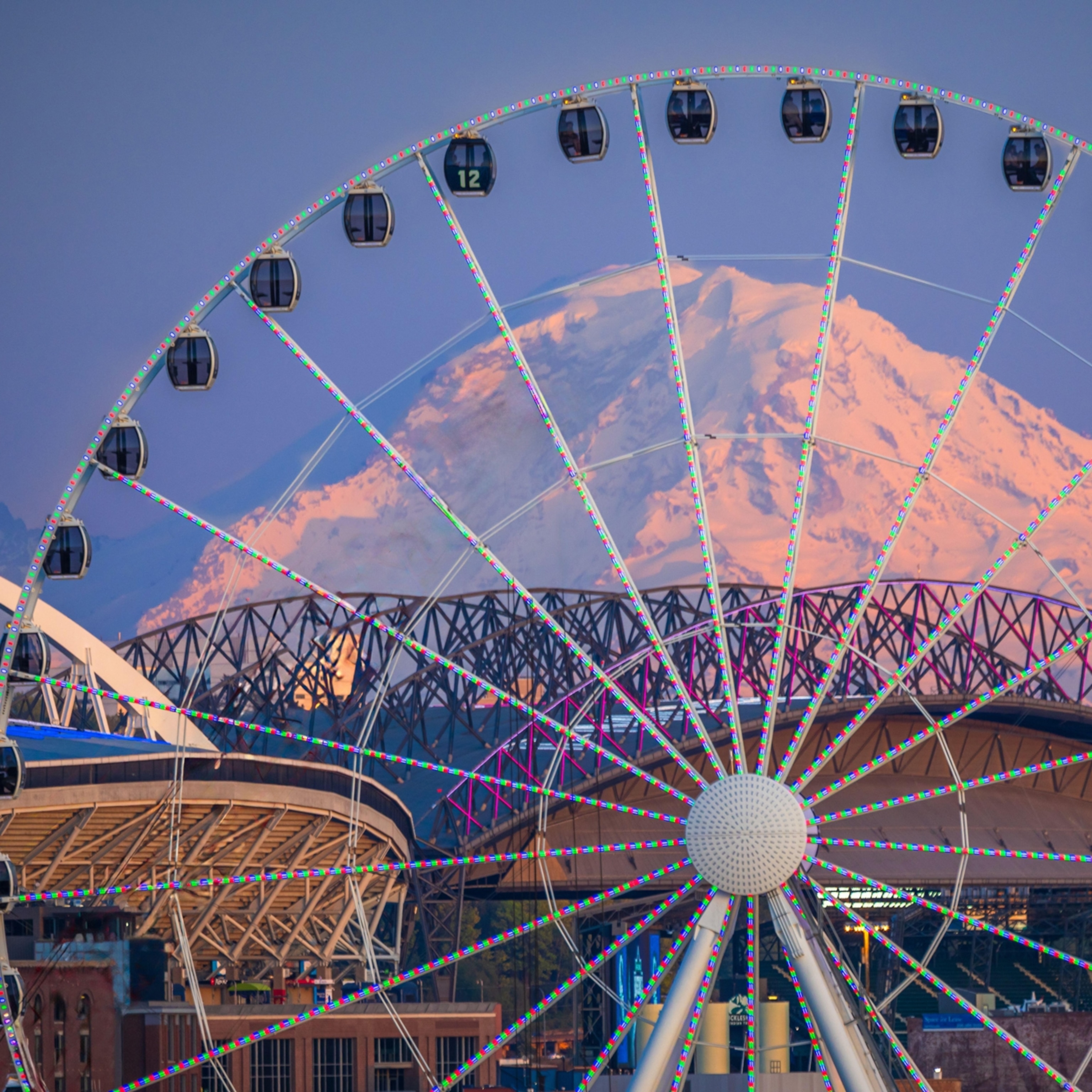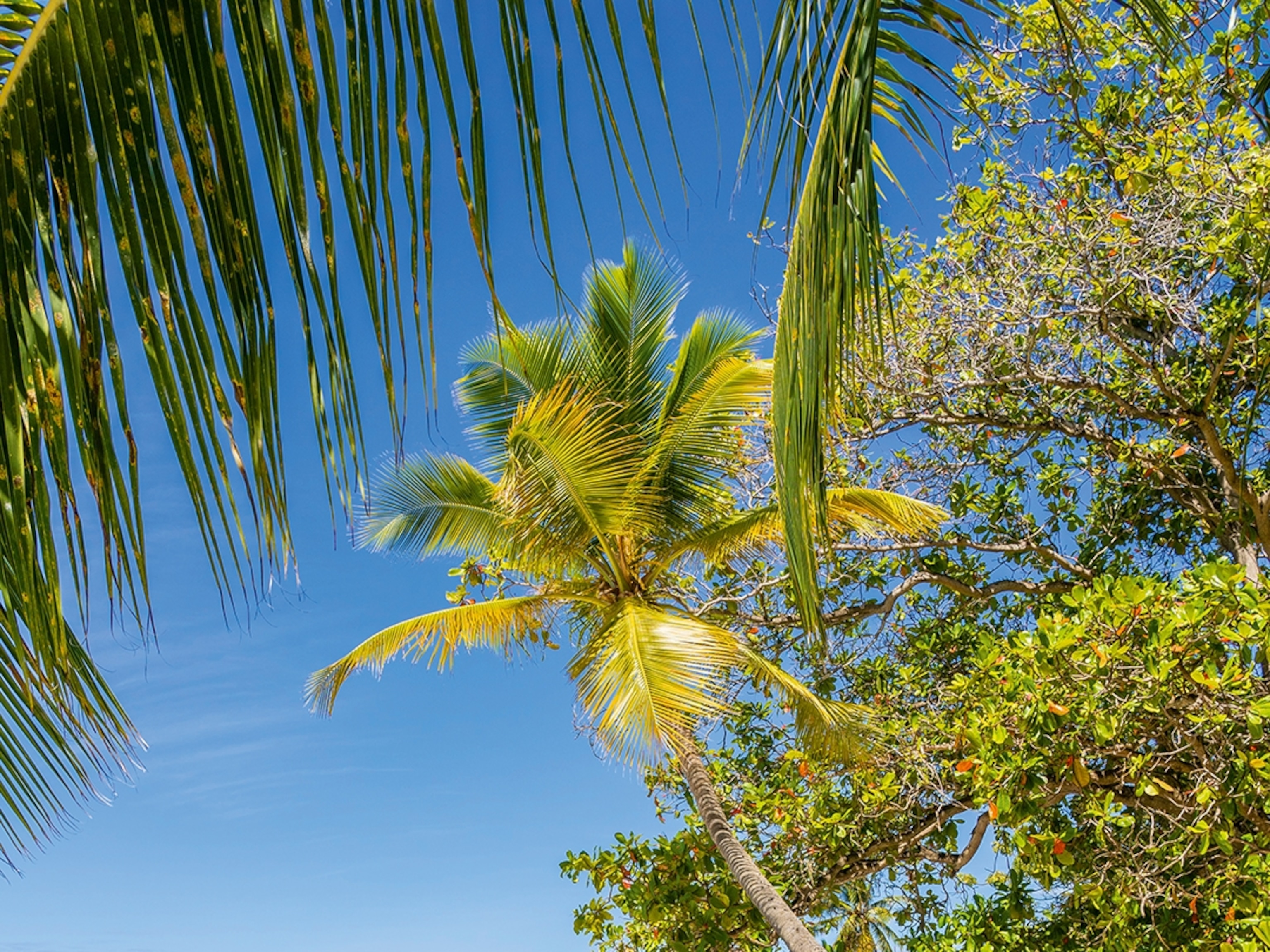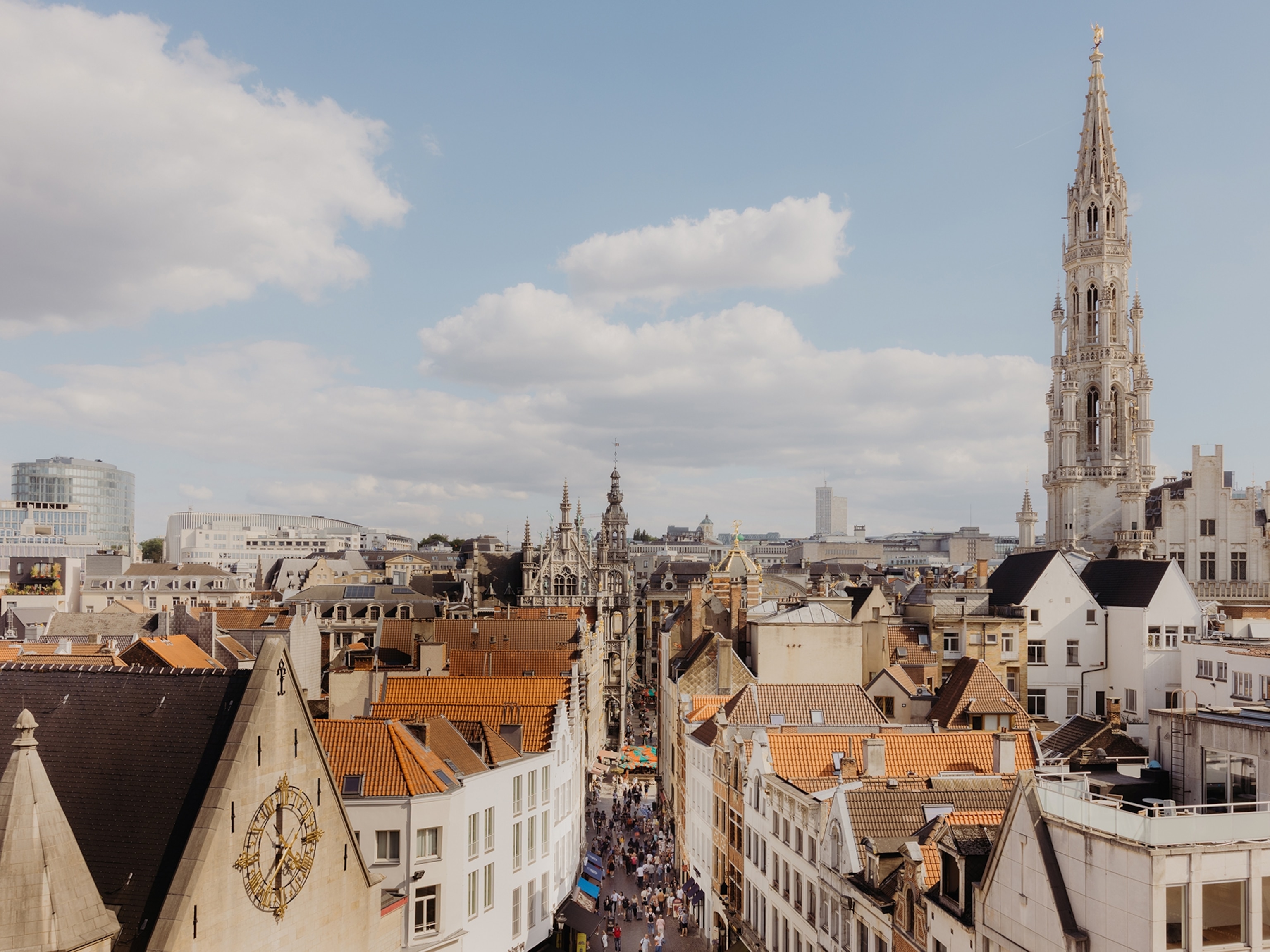Swoon over these romantic European small villages
Scenic strolls, starry nights, and tempting fare seduce the senses in these seven towns from France to Italy and beyond.

Now that pandemic travel regulations are fading, the thirst for European trips is soaring. “Airlines continue to see a rise in bookings from America to Europe, and the European Travel Commission recently released a survey that found 88 percent of respondents had plans to book summer travel to Europe in 2022,” says Antonia Koedijk, North American director of the Netherlands Board of Tourism.
But some European cities are wary of the coming crush. Venice recently banned large cruise ships from docking in the city, and Amsterdam is working to ban bachelor parties that overwhelm the city. That has led to new strategies.
“Due to the small size of the Netherlands, we aim to bring awareness to travelers that they can visit Amsterdam but then easily visit a variety of other towns and regions too,” says Koedijk. And the strategy seems to be working. “In recent years, Americans have become increasingly interested in combining visits to the major cities with smaller towns and villages.”
That interest has become the norm for savvy travelers who see villages as anything but small. Whether it’s a food market or arcane festival or the way a hamlet plays muse to an artist, here are seven villages that epitomize our romance with Europe.
Giethoorn, Netherlands
Best for: Intimate canal hopping in the Dutch Venice.
This village in northeastern Holland, located about 75 miles from Amsterdam, is known as the “Venice of the North,” since local peat digging created a town center seamed by waterways. The best way to see the mostly street-free hamlet and its thatched-roof farmhouses—all built on peat islands connected by over 170 small wooden bridges—is by boat.
You can rent a variety of motorboats, but the more relaxed option for couples is to hire a punter who will use poles to propel his long, flat-bottomed craft through the village. Think of him as a lowlands gondolier.
(Venice is flooded with tourists—visit these floating cities instead.)
The most scenic canal for photos? Binnenpad, with its magical interplay of quaint houses, bridges, and sunlit waters. It and other waterways are lined by canal-side restaurants for leisurely terrace lunches.
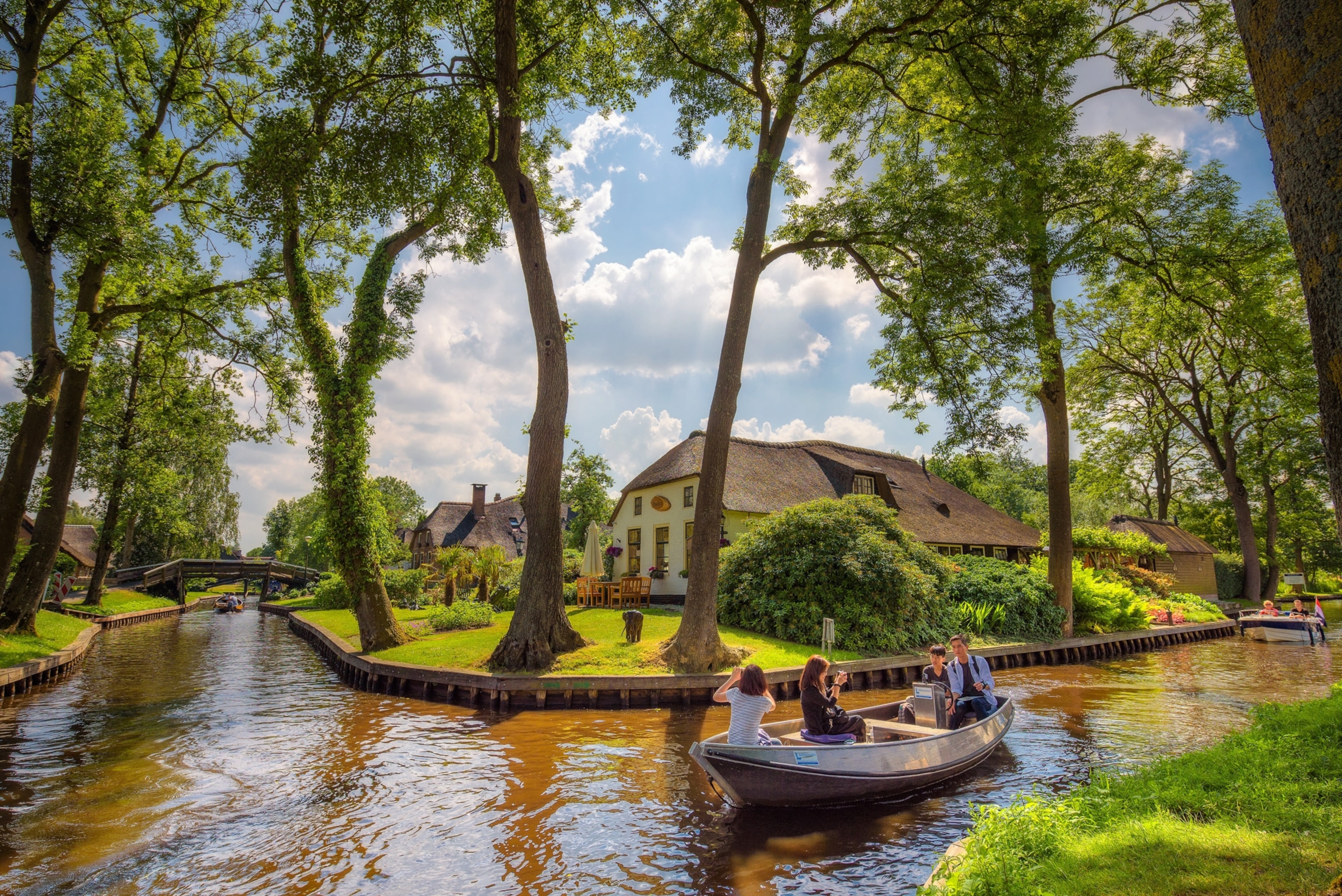
Haworth, England
Best for: Bibliophiles inspired by love stories.
At first glance, the English village of Haworth could stand in for any limestone Yorkshire hamlet. But at the top of its steep climb of a high street is the Brontë Parsonage Museum, where sisters Charlotte, Emily, and Anne lived and wrote.
On exhibit every year is one of the miniature books the sisters created as children. “They contain prose, poetry, and reviews,” says curator Ann Dinsdale. “The tiny scripts are difficult to read without a magnifying glass. Their small size became a secret code for the sisters.”
Also on display is the dining room table where the Brontës wrote. “Every evening they would walk around the table reading aloud from their work and discussing ideas for their stories,” Dinsdale notes. The claustrophobia of that room and the image of the sisters pacing around that small table underscore their love of the surrounding moors, where they found boundless inspiration—including for Emily’s haunting classic love story, Wuthering Heights.
Haworth—all tearooms and pubs behind gray stone facades—is also a stop on the Keighley & Worth Valley Railway, where vintage steam trains ferry passengers between other bucolic Yorkshire hamlets.
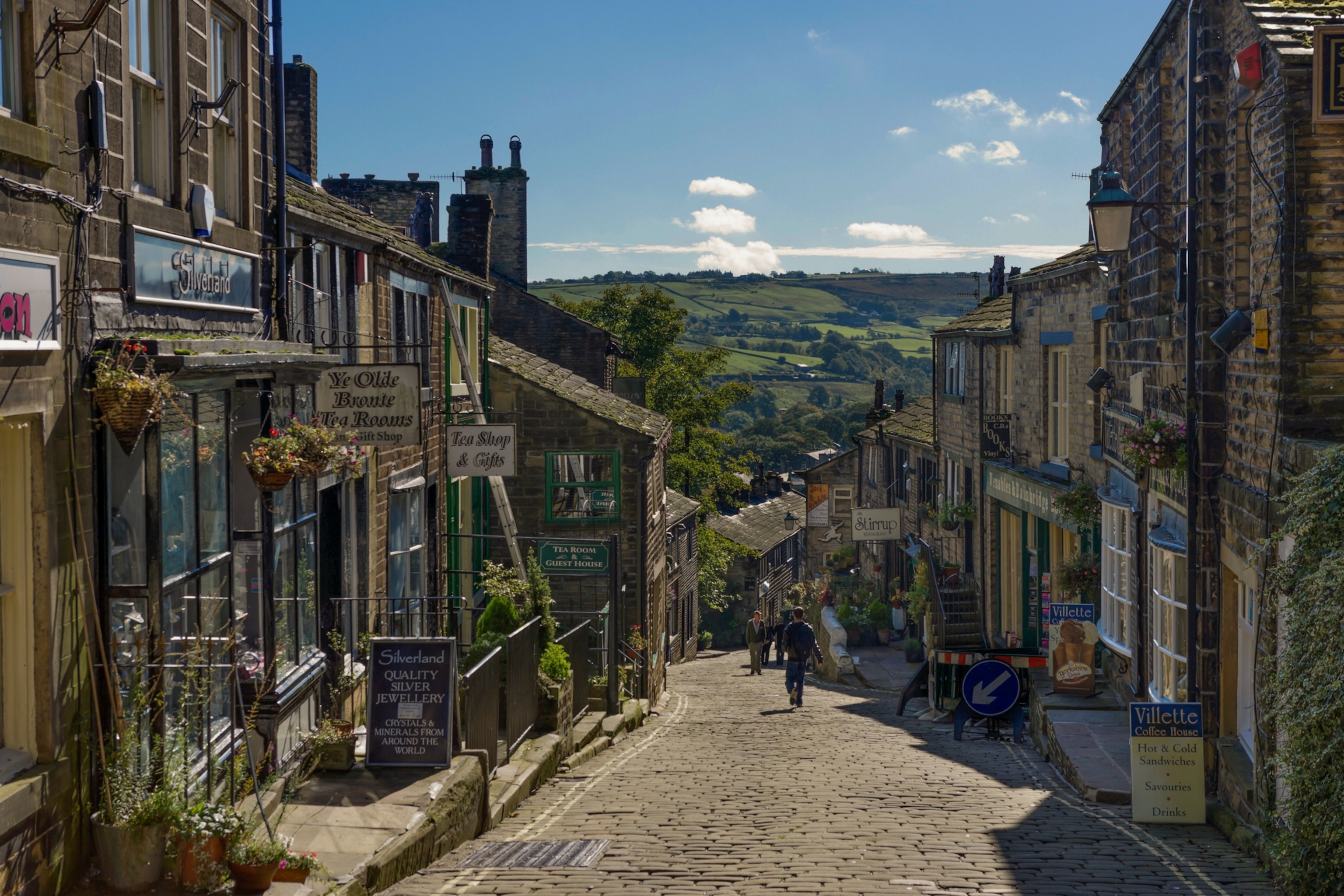
Giverny, France
Best for: Lush gardens and odes to French Impressionist art.
Some artists find their muse in their surroundings, but few actually construct a muse as determinedly as Claude Monet. For over 40 years, Monet’s Giverny, a pastoral riverside village in Normandy 45 miles northwest of Paris, was his home, subject, and landscaped creation.
(Step into Impressionist paintings on this French tour.)
His water-lily pond is lined with weeping willows and anchored by an arched bridge painted green. Monet immortalized the water lilies in more than 250 oil paintings. Fans of French Impressionism can visit the artist’s home and gardens, as well as the neighboring Musée des Impressionnismes, where an exhibit exploring the dialogue between the works of Monet and abstract painter Mark Rothko runs until July 3. On certain days, visitors can picnic in the museum’s meadow.

Klädeshomen, Sweden
Best for: Sumptuous seafood and a dreamy island setting.
Klädeshomen, in the western archipelago of Sweden, sits on its own small island. Starting out as a crown islet, where fishermen had the right to settle, the village became rich through its herring trade.
Quieter now, it is home to a fishing museum and a cluster of pastel-colored cottages flanked by large banks of roses. The Salt & Sill hotel floats on the water; some rooms come attached to their own pier if you want to dive into the clear Baltic water before a dinner of herring boards that pay homage to the island’s prosperous past.
Boat rides or kayak trips from the town dock let couples dip into the surrounding blue sea.
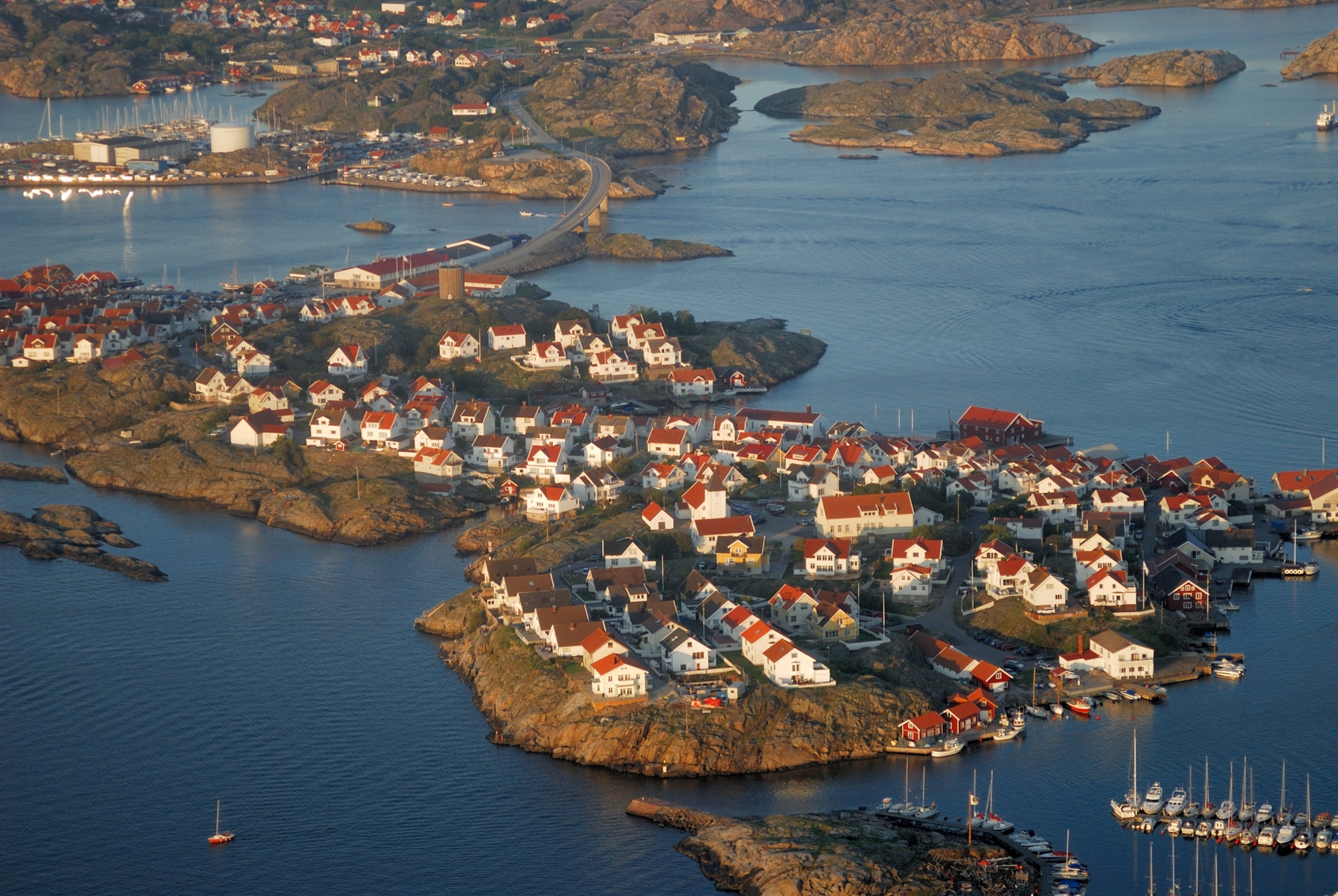
Lourmarin, France
Best for: Tempting food markets and picnics just for two.
Most days of the week, Lourmarin, 40 miles east of Avignon in Provence, is a classic, quiet southern French village crowned by a 16th-century chateau and filled with stone plazas. It’s also known for writer residents including Peter Mayle and Albert Camus, who is buried here in the small cemetery.
Come Friday, though, the village wakes up with a vengeance, when a market springs up in the center of town precisely at 8 a.m. under the plane trees. The marché is partly devoted to local artisanal crafts, ceramics, and everything lavender, from soaps to sachets.
At the real heart of the sprawling smorgasbord are vendors selling Provençal olives, jam, strawberries, wine, sausages, bread, and pastries. Arrive early to snag the best of the produce and assemble a picnic for two to eat in the shadow of the chateau.
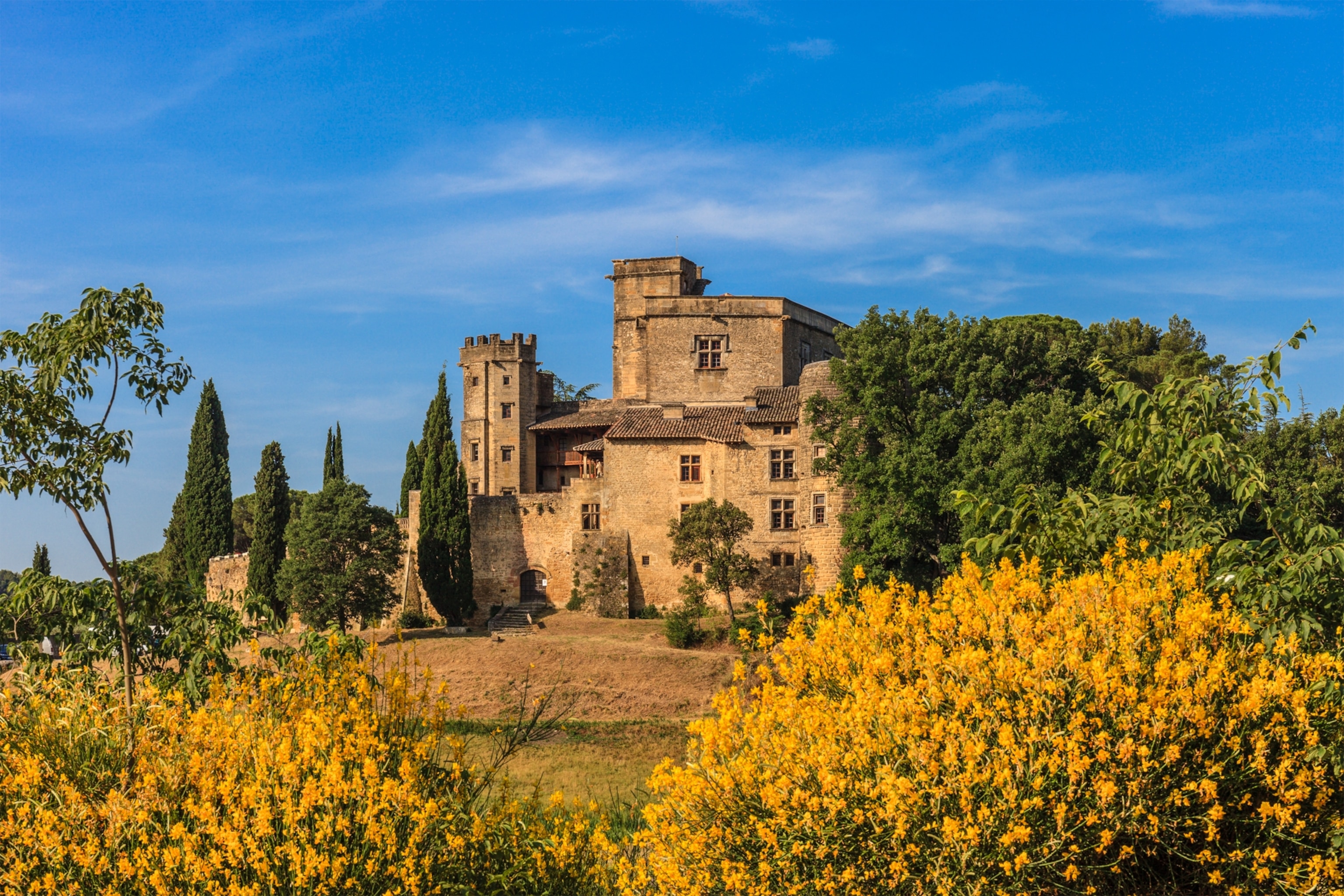
Telč, Czechia
Best for: Indulging in romantic Renaissance architecture and tales of enduring heritage.
Like many villages in Czechia (Czech Republic), Telč, 90 miles south of Prague, is good at reinventing itself. In 1530, a fire burned the hamlet to smoking rubble. Seventeen years later the local ruler of Telč reconstructed the town in an opulent Renaissance style. The buildings on the central square, now a UNESCO World Heritage site, sprout gables and arcades and shine in bright sherbet-colored paint.
(Here are 19 of the most romantic destinations in the world.)
You can tour a maze of 14th-century tunnels that run under the village center and then come up for air before climbing to the top of St. James Church, which offers the best view of the town. Then walk the gardens of the castle for a final study in Renaissance beauty.
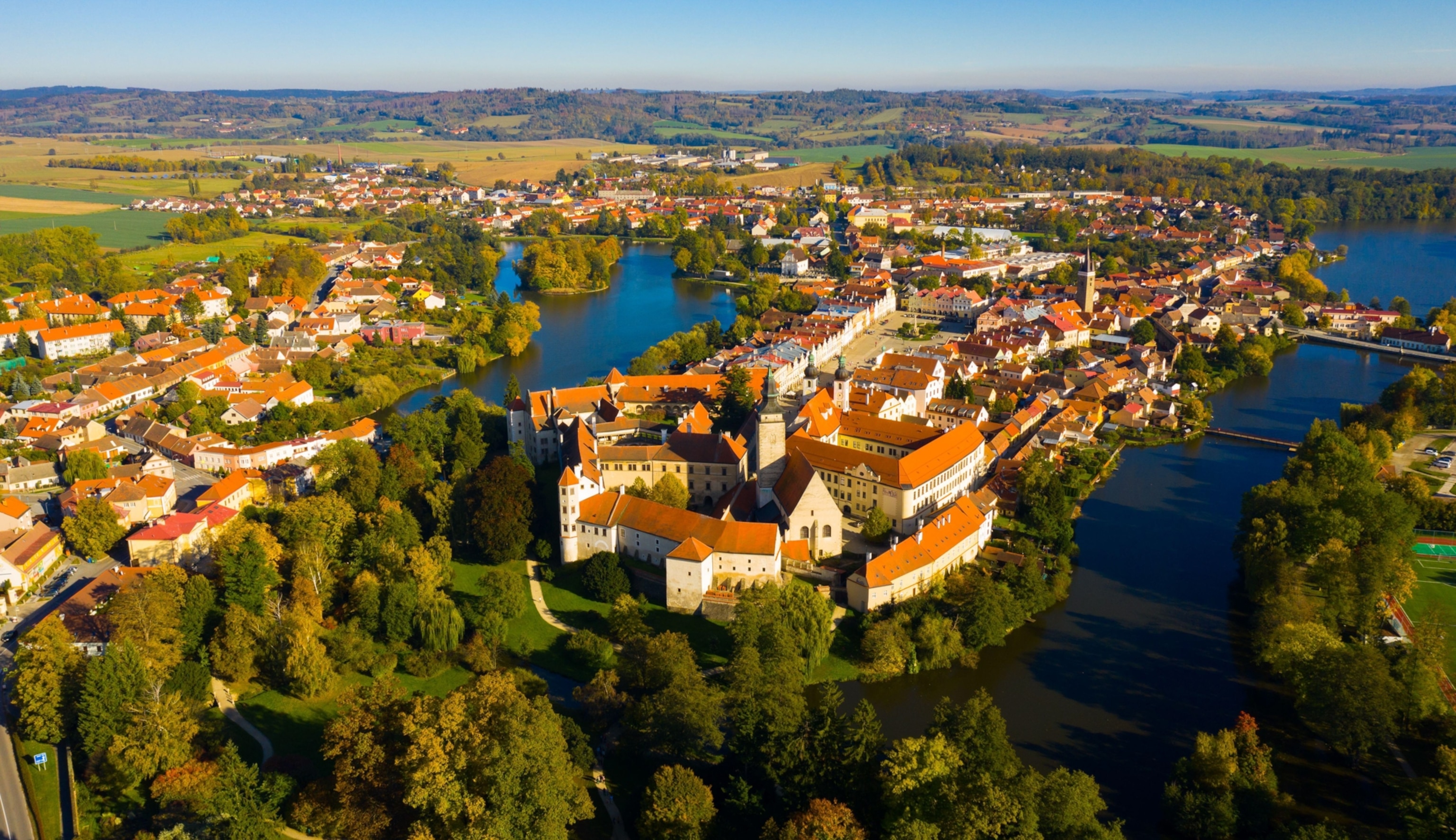
Montefalco, Italy
Best for: Al fresco dining amid the bustle of a classic Italian piazza.
In Italy’s Umbria province, Montefalco has been settled since pre-Roman times in an area known for its vineyards and olive groves. It’s famous for its red Sagrantino vino and hosts a wine festival every year around Easter.
Sample this regional bounty at one of the town’s wine bars. One of the finest is Enoteca L’Alchimista. Sitting on a large piazza set up for al fresco dining, the kitchen sources from its own gardens and lives up to its name by turning the local larder into something special (think truffle pasta in truffle sauce, crowned with shaved truffles). It’s a good place to toast the town, or each other, with a local vintage.
Bunk down in centuries-old village houses-turned-inns or at nearby agrotourism properties.

